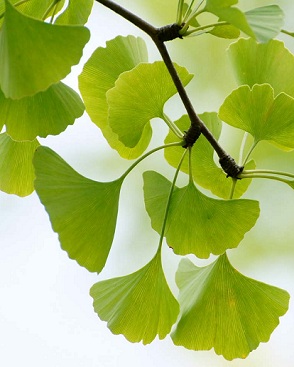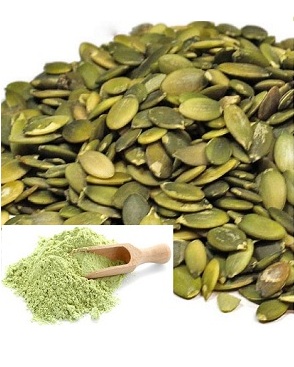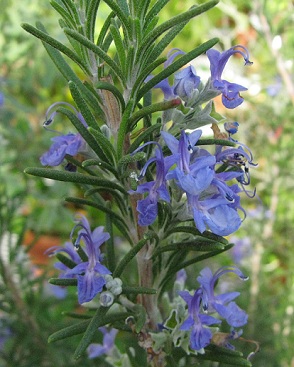- Plant-Based Protein
- Natural Plant Flavours
- Food and Dietary Supplement Ingredients
- Fruit Juice Powder
- Animal Nutrition Ingredients
- Water Soluble Ingredients
- Cosmetic Ingredients
- Unveiling the Therapeutic Potential of Rabdosia Rubescens: A Comprehensive Review
- What are the medicinal properties of Rabdosia Rubescens?
- Nutritional value of Orange Juice Powder compared to fresh orange juice.
- Processing Conditions and Nutritional Value of Orange Juice Powder
- Exploring the Versatility of Herbal Extracts in Food Flavors
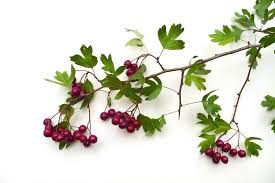
What are the health benefits of hawthorn leaf?
Welcome to our blog! Today, we are diving into the world of hawthorn leaf and uncovering its incredible health benefits. Whether you're a fan of herbal remedies or simply curious about natural alternatives, hawthorn leaf is definitely worth exploring.
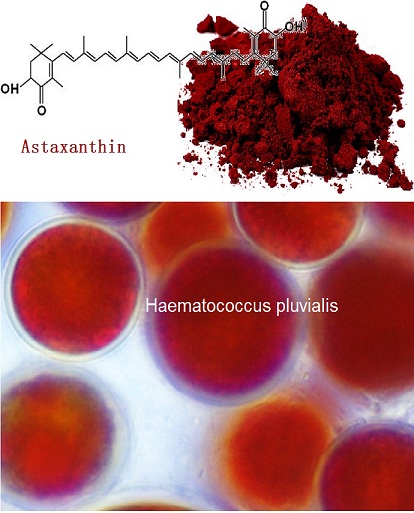

Astaxanthin and benefits,side effect, uses,dosage,Strong Antioxidant
The carotenoid pigment astaxanthin has important applications in the nutraceutical, cosmetics, food and feed industries. Haematococcus pluvialis is the richest source of natural astaxanthin. Astaxanthin is a strong coloring agent and a potent antioxidant. Astaxanthin has many health benefits. including anticancer, antidiabetic, anti-inflammatory, immune-stimulating effects, and antioxidant activities as well as neuro-, cardiovascular, ocular-, and skin-protective effects.
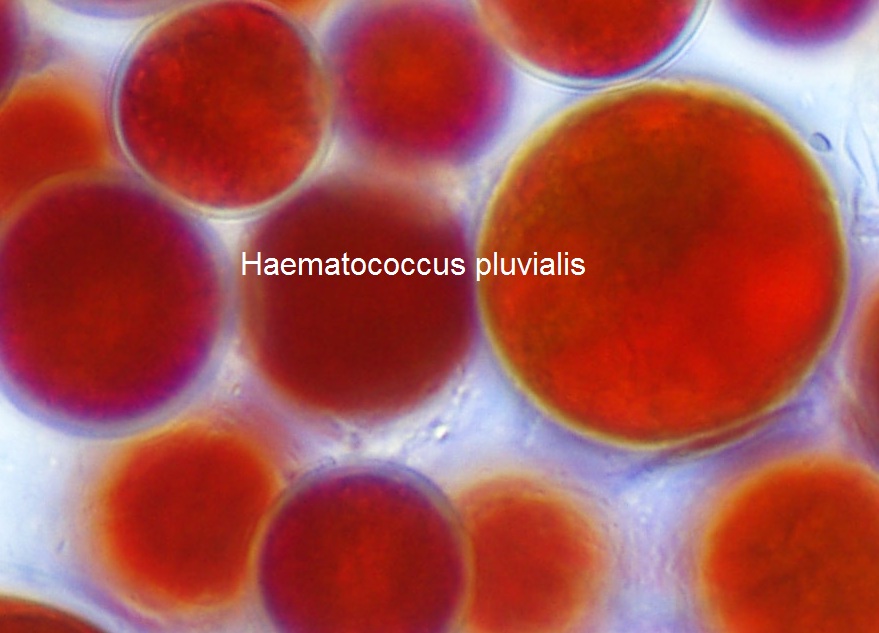
What you may get from us: If you're developing a product that contains plant active ingredients from astaxanthin.I think you can find the information or products you need here.
How to use astaxanthin powder: What you need is just use our products to formulate your products. It can be mixed with your other ingredients directly to make premix products. It can also be directly used for filling capsules or making tablets. And if your dosage form is tincture or solution, It can also be suitable. Easy to say, our products are ready for Formula products.
|
Astaxanthin |
||
|
CAS No. |
472-61-7 |
|
|
Appearance |
Powder |
|
|
Color |
Maroon |
|
|
Partical size |
Normally pass through 80mesh |
|
|
Pack size |
25 kg per paper drum |
|
|
Purity of active compunds |
2-5% Astaxanthin |
By UV |
|
For pricing or more information, please call 86 29 88444632 or send an email to Sales@nutraherbsource.com.
|
||
General Information
Common Names: 3,3′-dihydroxy-β, β′-carotene-4,4′-dione
Latin Names:Haematococcus pluvialis
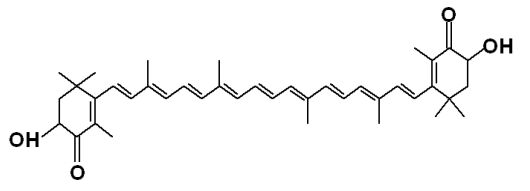
|
472-61-7 |
|
|
C40H52O4 |
|
|
594.84 g/mol |
Astaxanthin introduction: A Special Carotenoid
Carotenoids, the precursors of vitamin A, are natural pigments supplied with regular highly conjugated π-bond systems, providing the natural yellow, orange, or red colors of many vegetables and fruits. Since the structural elucidation of β-carotene by the two scientists Kuhn and Karrer in 1930, more than 750 naturally occurring carotenoids have been reported to date. Based on their structure, carotenoids can be compiled into two main groups: (i) the carotenes, also called carotenoid hydrocarbons, which only contain carbon and hydrogen and (ii) the xanthophylls or oxygenated carotenoids that may contain different functional groups (epoxy, methoxy, hydroxy, carbonyl, and carboxyl acid groups).
Besides the most notable carotenoid, β-carotene, another carotenoid has been receiving great attention lately: astaxanthin, a marine xanthophyll carotenoid first isolated from a lobster by Kuhn and Soerensen. Astaxanthin is extensively produced by algal species such as Haematococcus pluvialis (where it accumulates up to 3.8% on the dry weight basis), Chlorella zofingiensis, and Chlorococcum and also by the yeast Phaffia rhodozyma. Astaxanthin confers the rich pink color observed in various aquatic species including the salmonids and crustaceans and even some nonaquatic species such as the flamingo. Sea creatures cannot produce astaxanthin themselves and must obtain it from their diets, which include zooplankton and krill. Krill oil contains appreciable content of astaxanthin at 0.1 to 1.5 mg/mL depending on processing methods. Krill oil is a superior source of EPA (eicosapentaenoic acid) and DHA (docosahexaenoic acid) which are both long-chain omega-3 fatty acids because the polyunsaturated fats are packaged as phospholipids, which ultimately can be used instantly by our body.
Astaxanthin is a fat-soluble nutrient (it incorporates into cell membranes) with increased absorption when consumed with omega-3-rich seed oil; however, it cannot be converted to vitamin A and therefore cannot support retinol-specific processes such as vision. With its unique molecular structure, astaxanthin stretches through the bilayer membrane, providing resilient protection against oxidative stress. It can scavenge and quench ROS and free radicals (superoxide anion, hydrogen peroxide, singlet oxygen, etc.) in both the inner and outer layers of the cellular membrane unlike most antioxidants, which work either in the inner (e.g., vitamin E and β-carotene) or the outer side of the membrane (e.g., vitamin C). Astaxanthin derived from the microalgae H. pluvialis has been approved as a color additive agent in salmon feeds and as a dietary supplement for human consumption for more than 20 years in dosages up to 12 mg per day and up to 24 mg per day for no more than 30 days in Europe, Japan, and USA.
Recent human studies elaborate on the safety perspectives of natural astaxanthin, and so far, no documented negative effects have been found over its 20 years of consumption as a dietary. Clinical studies have found that natural astaxanthin supplementation improved blood flow in humans and enhanced blood rheology by increasing the flexibility of erythrocyte membranes.
Pharmacological Effects
Astaxanthin emerged in the spotlight because of its potential pharmacological effects, including anticancer, antidiabetic, anti-inflammatory, immune-stimulating effects, and antioxidant activities as well as neuro-, cardiovascular, ocular-, and skin-protective effects. Studies found that astaxanthin reduces the oxidative stress caused by hyperglycemia in pancreatic β-cells and improves glucose and serum insulin levels in diabetes. Furthermore, it has been suggested that astaxanthin is a potential therapeutic agent against atherosclerotic cardiovascular disease. In an elegant work, Barros et al. showed that “astaxanthin can directly cross the blood-brain barrier to reach different mammalian brain regions”.
Health benefits of Astaxanthin
1) Astaxanthin Helps With Diabetes
Astaxanthin’s antioxidant properties can help protect pancreatic beta cells by reducing oxidative stress and sugar toxicity in the blood.Scientists found that astaxanthin reduced glucose toxicity in diabetic mice and therefore protected their pancreatic beta cells.
Astaxanthin can also help patients manage diabetes. Researchers discovered that astaxanthin can help lower high blood pressure and improve the metabolism of sugar in patients with type 2 diabetes.
Astaxanthin has countless benefits towards the regaining of the lymph cell dysfunction as well as enhancement of insulin sensitivity.
2) Astaxanthin helps With Heart Disease
Astaxanthin can help prevent or reduce the risk of cardiovascular disease.
Astaxanthin helps curb High LDL cholesterol. High LDL and low HDL in the body is a bad combination and risk factor for cardiovascular disease.
Researchers noted that astaxanthin can help reduce the levels of LDL (bad cholesterol) in obese and overweight participants after 12 weeks of use. They also saw a significant reduction in oxidative stress levels.
Astaxanthin regulates blood lipids. Astaxanthin use can also improve the levels adiponectin and HDL, the good cholesterol. A study shows. After 12 weeks of using astaxanthin, subjects with high levels of blood fat experienced a considerable increase in HDL levels.
Astaxanthin enhances blood flow and circulation. A 2006 study involving hypertensive rats revealed that astaxanthin can help improve the thickness and elasticity of the walls of arteries.
Astaxanthin reduces oxidative stress in blood. It may reduce blood oxidation and delays blood clotting.
3) Astaxanthin Improves Your Blood Pressure
Astaxanthin has shown great potential in preventing and reducing high blood pressure as well as ameliorating associated effects.
High cholesterol in the blood can clog your arteries up, which then leads to a buildup in the blood pressure. Astaxanthin as an antioxidant helps reduce bad cholesterol and therefore prevent hypertension.
Astaxanthin also fights hypertension by reducing blood oxidative stress and relaxing the walls of the blood vessels. In a study published in 2005 in the Journal of Biological and Pharmaceutical Bulletin, scientists found that astaxanthin use helps regulate nitric oxide (a sign of oxidative stress) and increases the reactivity of blood vessels.
4) Astaxanthin Boosts Your Skin Care
Antioxidative properties of astaxanthin are also great for your skin. When applied topically, It also promotes young-looking, healthy skin.
Combining oral and topical use of astaxanthin can play a big role in reducing age spots, smoothing wrinkles and helping restore skin moisture.
Astaxanthin can not only boost the appearance and health of the skin but can also inhibit the onset of skin cancer.
5) Astaxanthin Helps Prevent And Treat Fatty Liver Disease
Non-alcoholic fatty liver disease is one of the two most common types of liver conditions. Non-alcoholic fatty liver disease and alcoholic fatty liver disease both cause significant liver damage, which, in turn, is a BIG risk factor for adverse conditions like cancer, kidney disease, and heart disease.
Fatty liver disease occurs largely due to oxidative stress caused by prolonged inflammation in the liver. It is often associated with metabolic disorders like obesity and accumulation of lipids at the cellular level.
There are two key ways that astaxanthin is known to help prevent or treat fatty liver disease. First, it acts as an antioxidant which stays on top of oxidative stress in the liver. By getting rid of excess radicals caused by metabolic disorders, astaxanthin helps restore normal liver function and avoid liver damage.
It can also work independently of its antioxidant properties to protect the health of the liver.Astaxanthin use can help protect the liver function and prevent fatty liver disease, cancerous disease, and cardiovascular disease.
6) Astaxanthin Help to inhibit the Growth of Cancer Cells
Astaxanthin is a notable source of antioxidants, it might help to treat various cancers. Indeed there has been a ton of studies and research being conducted on how this substance may help in treating existing types of cancers.
Scientists discovered that astaxanthin has both short-term and long-term benefits as far as treating breast cancer is concerned. They found that the antioxidant helps inhibit the growth of cancerous breast cells.
An even earlier study published in 1995 involved the use of astaxanthin to treat cancer in mice. The findings were quite interesting. 32-week use of astaxanthin showed significant inhibition of tumor formation and growth in mice and rats with chemically-induced cancers.
Side Effects of Astaxanthin, Is it safe?
Astaxanthin is found to be safe when taken orally as a supplement or used for local application. Studies have reported no adverse effects on human health, when 6 milligrams of astaxanthin was administered per day. It has been used in a dose of 4 to 40 mg per day for up to 12 weeks without the occurrence of any adverse reaction. However, not much is known about the effect of Astaxanthin on the fetus and infants when used by the pregnant and breastfeeding women. Hence, women should avoid using Astaxanthin during these periods.
Dosage of astaxanthin
8 mg astaxanthin per day is recommended, equivalent to a consumption of 1.6 kg of fresh salmon. Astaxanthin is consumed per cure of 2 to 3 months.
- Prev:Flaxseed Extract(Lignans) and benefits,side effect, uses,dosage,Phytoestrogen
- Next:Echinacea Purpurea Extract and benefits,side effect, uses,dosage ,Work for Cold flu



